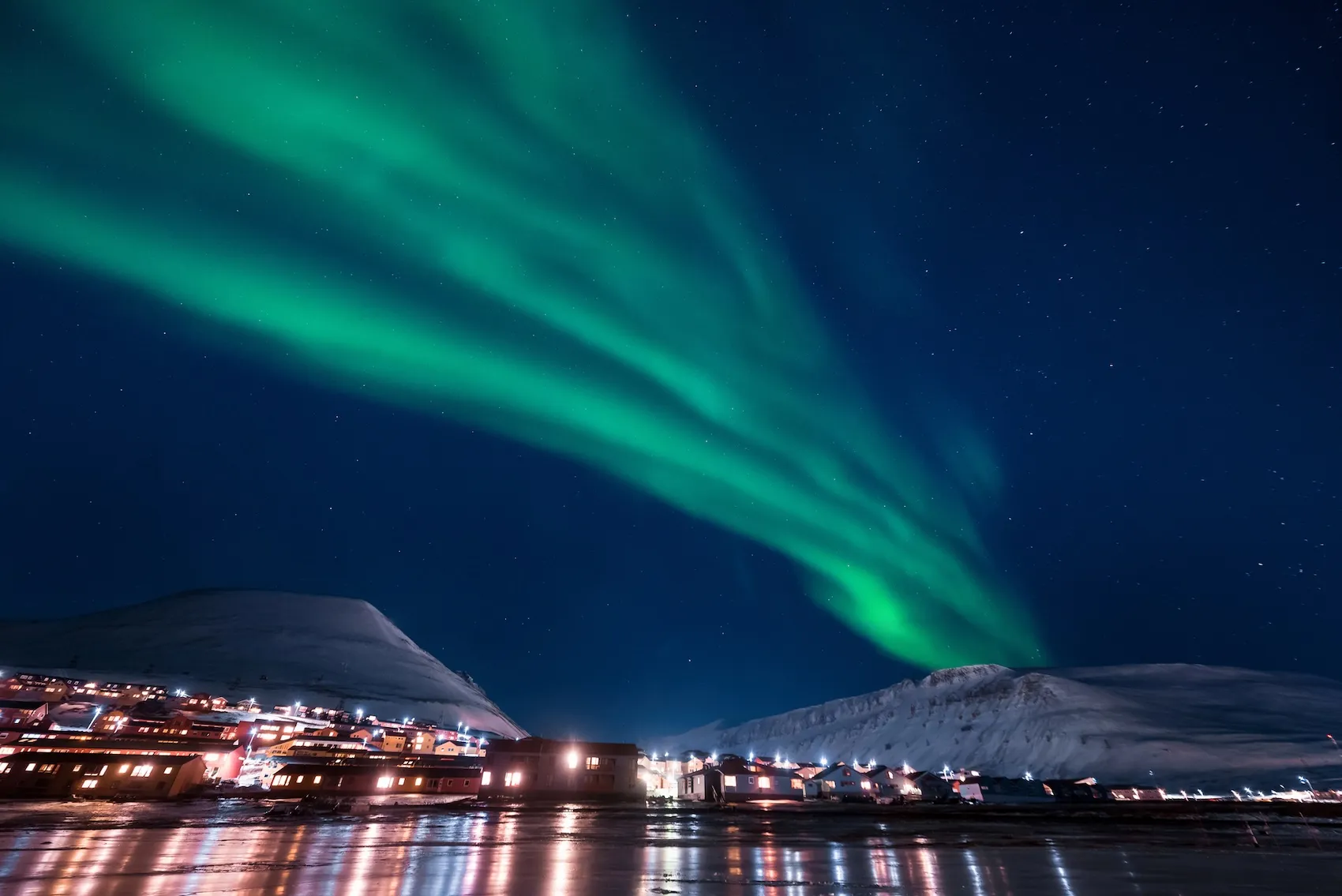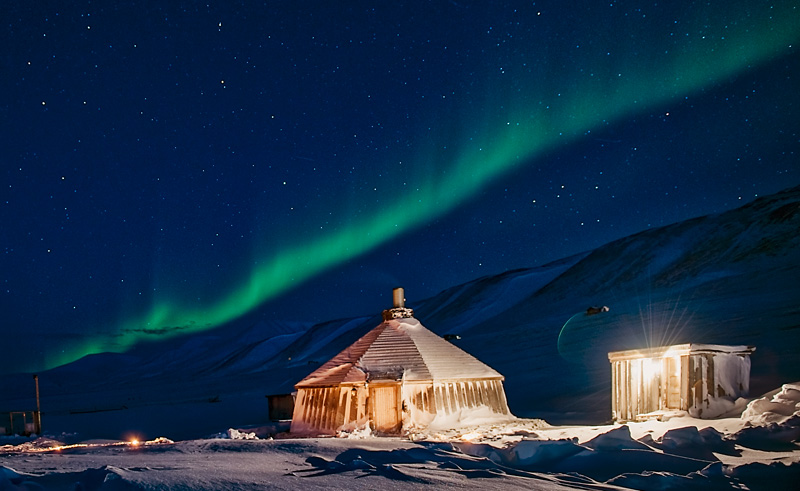innovuscollege.com – Virgin Galactic, launched by Sir Richard Branson in 2004, offers a rare ticket to suborbital space—an altitude of 50-62 miles (80-100 kilometers) above Earth—where the atmosphere thins, and the planet’s curve dazzles. Unlike NASA’s orbital missions that loop Earth, Virgin Galactic’s VSS Unity, a sleek spaceplane, takes off from Spaceport America in New Mexico, released mid-flight by the WhiteKnightTwo carrier (VMS Eve). Powered by a hybrid rocket, it hits Mach 3, climbing to this frontier in minutes. Here, passengers experience 4-5 minutes of weightlessness, gaze at Earth’s blue arc against a black void, and then glide back—a feat blending thrill and science.
This suborbital realm sits above the U.S.’s 50-mile astronaut boundary, often just below the 62-mile Kármán line, the widely accepted edge of space. By June 2024’s Galactic 07 mission, Virgin Galactic had flown 61 passengers across 12 flights, proving its tech after years of delays. Tickets, priced at $450,000, cater to wealthy explorers and researchers, with plans for Delta-class ships to boost frequency by 2026. My analysis of its trajectory confirms a safe, repeatable model, making space tourism tangible while advancing aerospace innovation.





